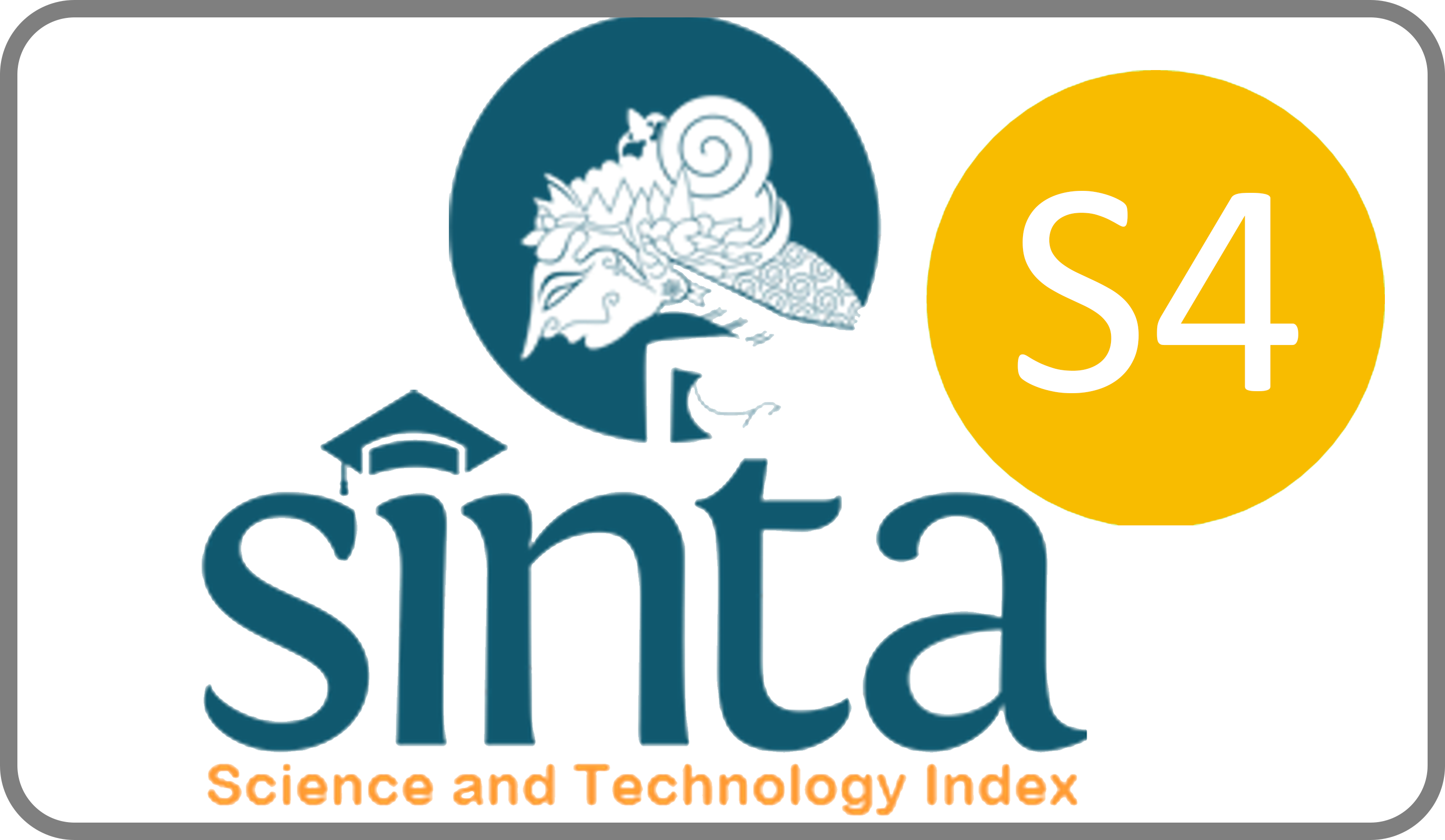INTERNATIONAL COLLABORATION: STRENGTHENING ADOLESCENT HEALTH PROGRAMS THROUGH GLOBAL PARTNERSHIPS IN EMPOWERING SCHOOL HEALTH PROGRAM CADRES AND PEER TUTORS
Downloads
This study focuses on the importance of reproductive health education for adolescents as an effort to improve knowledge and attitudes in facing puberty and mental health. Adolescents, aged 10-19 years according to WHO and 10-18 years according to the Indonesian Ministry of Health, are in a critical transition period that affects their physical, mental and social health. Lack of knowledge about puberty and how to deal with it can have a negative impact on reproductive health, including the risk of anemia, obesity, and mental health problems experienced by more than a third of adolescents in Indonesia. As a solution, Adolescent Posyandu was implemented at SMP Negeri 57 Surabaya by involving Student Health Unit (UKS) cadres as peer tutors. This activity is a collaboration between the Midwife Professional Education Study Program of the Faculty of Medicine, Universitas Airlangga, Siwalankerto Health Center and the University of Brunei Darussalam, was carried out on November 8, 2024 and attended by 26 students. The program consisted of five stages of service: registration, health checks (blood pressure, weight, height, upper arm circumference (LiLA), abdominal circumference (LP)), recording, nutrition in health education, and counseling. In addition, counseling on puberty, nutrition, and mental health was delivered through educational games to improve the cognitive, affective, and psychomotor aspects of adolescents. The results showed an increase in participants' understanding of physical changes during puberty, the importance of nutrition, and the important role of peers in supporting mental health through educational games. UKS cadres are expected to act as pioneers in disseminating the information and knowledge gained to their peers, thus creating a school environment that supports adolescent health. The long-term positive impact is expected to contribute to the achievement of the 3rd Sustainable Development Goals (SDGs), namely ensuring healthy lives and well-being for all ages by 2030. The implementation of the program went smoothly with the support of the Puskesmas and the school, demonstrating the effectiveness of the peer education approach in improving adolescent health status.
Akça, Ö. F., Ağaç Vural, T., Türkoğlu, S., and Kılıç, E. Z. 2015. “Anxiety Sensitivity: Changes with Puberty and Cardiovascular Variables.” Pediatrics International 57 (1): 49–54.
Bravender, T. 2015. “Adolescents and the Importance of Parental Supervision.” Pediatrics 136 (4): 761–762.
Diao, H., Pu, Y., Yang, L., Li, T., Jin, F., and Wang, H. 2020. “The Impacts of Peer Education Based on Adolescent Health Education on the Quality of Life in Adolescents: A Randomized Controlled Trial.” Quality of Life Research 29 (1): 153–161.
Evcili, F., and Golbasi, Z. 2019. “The Effect of Peer Education Model on Sexual Myths of Turkish University Students: An Interventional Study.” Perspectives in Psychiatric Care 55 (2): 239–248.
Kementerian Kesehatan RI. 2014. Peraturan Menteri Kesehatan Nomor 25 Tahun 2014 tentang Upaya Kesehatan Anak.
Kementerian Kesehatan RI. 2015. Keputusan Menteri Kesehatan RI Nomor HK.02.02/Menkes/52/2015 tentang Rencana Strategis Kementerian Kesehatan Tahun 2015-2019.
Liu, Q., Liu, L., Vu, H., Liu, X., Tang, S., and Wang, H. 2015. “Comparison Between Peer-Led and Teacher-Led Education in Tuberculosis Prevention in Rural Middle Schools in Chongqing, China.” Asia Pacific Journal of Public Health 27 (2): NP2101–NP2111.
Nasution, I. P. A., and Manik, B. S. I. G. 2020. “Tingkat Pengetahuan, Sikap, dan Perilaku Remaja tentang Kesehatan Reproduksi di SMK Negeri 8 Medan.” SCRIPTA SCORE Scientific Medical Journal 2 (1): 38–43. Available at: https://talenta.usu.ac.id/scripta/article/view/3424 [Accessed November 9, 2024].
Wahdi, A. E., Setyawan, A., Putri, Y. A., Wilopo, S. A., Erskine, H. E., Wallis, K., McGrath, C., Blondell, S. J., Whiteford, H. A., Scott, J. G., Blum, R., Fine, S., Li, M., and Ramaiya, A. 2022. Indonesia – National Adolescent Mental Health Survey (I-NAMHS) Laporan Penelitian. Yogyakarta: Kementerian Kesehatan RI.
Copyright (c) 2025 Ivon Diah Wittiarika, Ratna Dwi Jayanti, Andriyanti, Dewi Setyowati, Riri Aprianti, Nenccy Mirasari, Mulia Dian Sumbawati, Siti Nurul Komariah, Deby Artika P, Pupus Ultraluana, Ngatwati, Yublina Rambu Mbali Idi , Nurhayati Fitria Amin, Mohamed Alif Haikal Bin Mohamed Iskandar, Fatin Nazurah Izzati Binti Hamdani, Siti Norhikmah Binti Abd. Razak

This work is licensed under a Creative Commons Attribution-ShareAlike 4.0 International License.
JLM by Unair is licensed under a Creative Commons Attribution-ShareAlike 4.0 International License.
1. The journal allows the author to hold the copyright of the article without restrictions.
2. The journal allows the author(s) to retain publishing rights without restrictions
3. The legal formal aspect of journal publication accessibility refers to Creative Commons Attribution Share-Alike (CC BY-SA).
4. The Creative Commons Attribution Share-Alike (CC BY-SA) license allows re-distribution and re-use of a licensed work on the conditions that the creator is appropriately credited and that any derivative work is made available under "the same, similar or a compatible license”. Other than the conditions mentioned above, the editorial board is not responsible for copyright violation.


















